ARBOUR HILL MILITARY CEMETERY ARBOUR HILL - STONEYBATTER AREA
AREAS OF DUBLIN
ARBOUR HILL - STONEYBATTER
Arbour Hill is an inner city area of Dublin, on the Northside of the River Liffey, in the Dublin 7 postal district
PHOTOGRAPHS BY WILLIAM MURPHY
I must admit that I did not that there was a garrison school at this location.
The military cemetery at Arbour Hill is the last resting place of 14 of the executed leaders of the insurrection of 1916. Among those buried there are Patrick Pearse, James Connolly and Major John Mc Bride. The leaders were executed in Kilmainham and then their bodies were transported to Arbour Hill, where they were buried.
The graves are located under a low mound on a terrace of Wicklow granite in what was once the old prison yard. The gravesite is surrounded by a limestone wall on which their names are inscribed in Irish and English. On the prison wall opposite the gravesite is a plaque with the names of other people who gave their lives in 1916.
The adjoining Church of the Sacred Heart, which is the prison chapel for Arbour Hill prison, is maintained by the Department of Defence. At the rear of the church lies the old cemetery, where lie the remains of British military personnel who died in the Dublin area in the 19th and early 20th century.
The prison was designed by Sir Joshua Jebb and Frederick Clarendon and opened on its present site in 1848, to house military prisoners. The church has an unusual entrance porch with stairs leading to twin galleries for visitors in the nave and transept. Another unusual feature is the Celtic round tower which erupts from a rectangular base. It opened as a civilian prison in 1975.
The adjoining Church of the Sacred Heart, which is the prison chapel for Arbour Hill prison, is maintained by the Department of Defence. At the rear of the church lies the old cemetery, where lie the remains of British military personnel who died in the Dublin area in the 19th and early 20th century.
An interesting feature is the tunnel which runs from St Bricans Military Hospital, via the Prison to the former Collins Barracks.
A doorway beside the 1916 memorial gives access to the Irish United Nations Veterans' Association house and memorial garden.
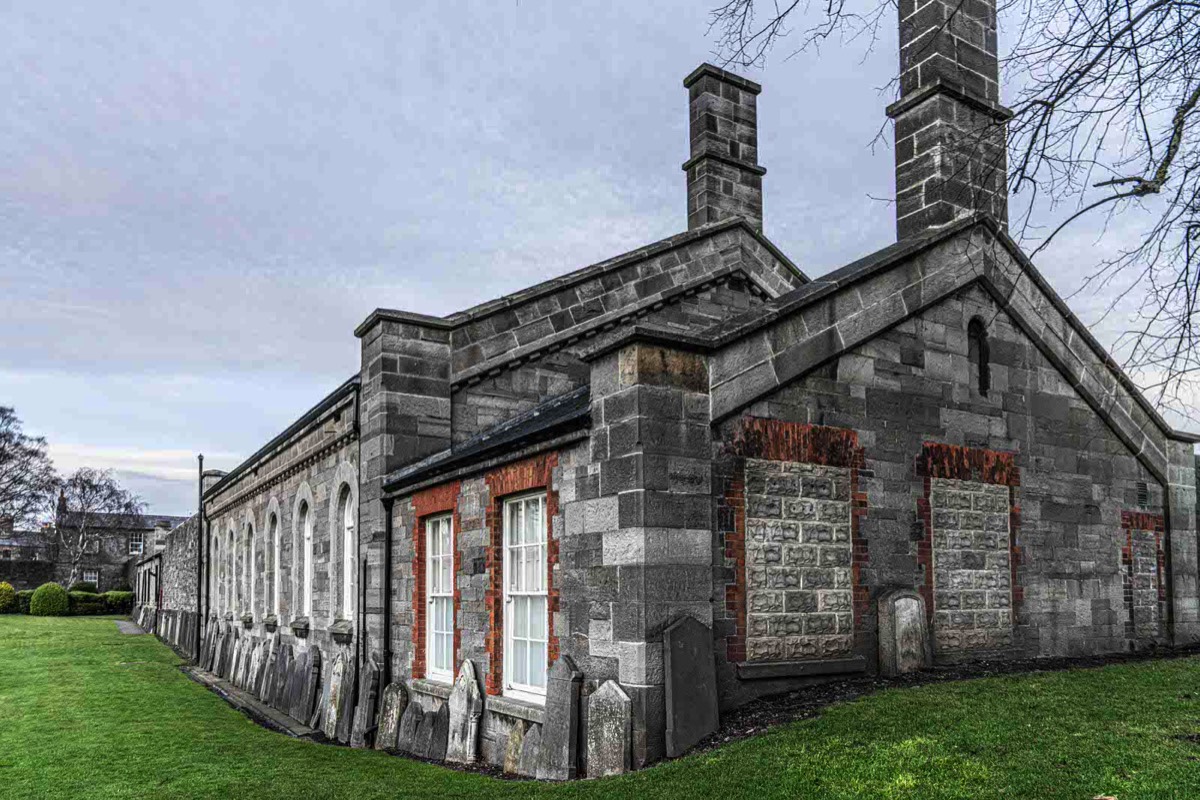
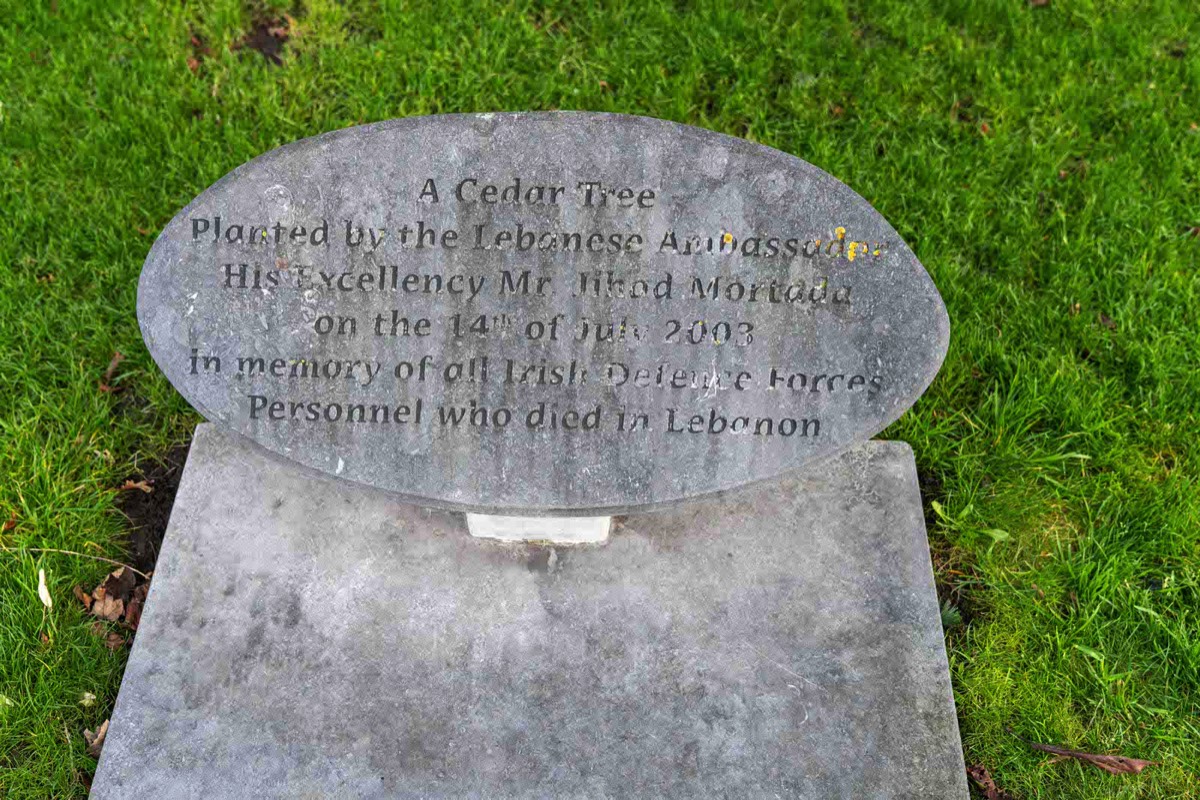
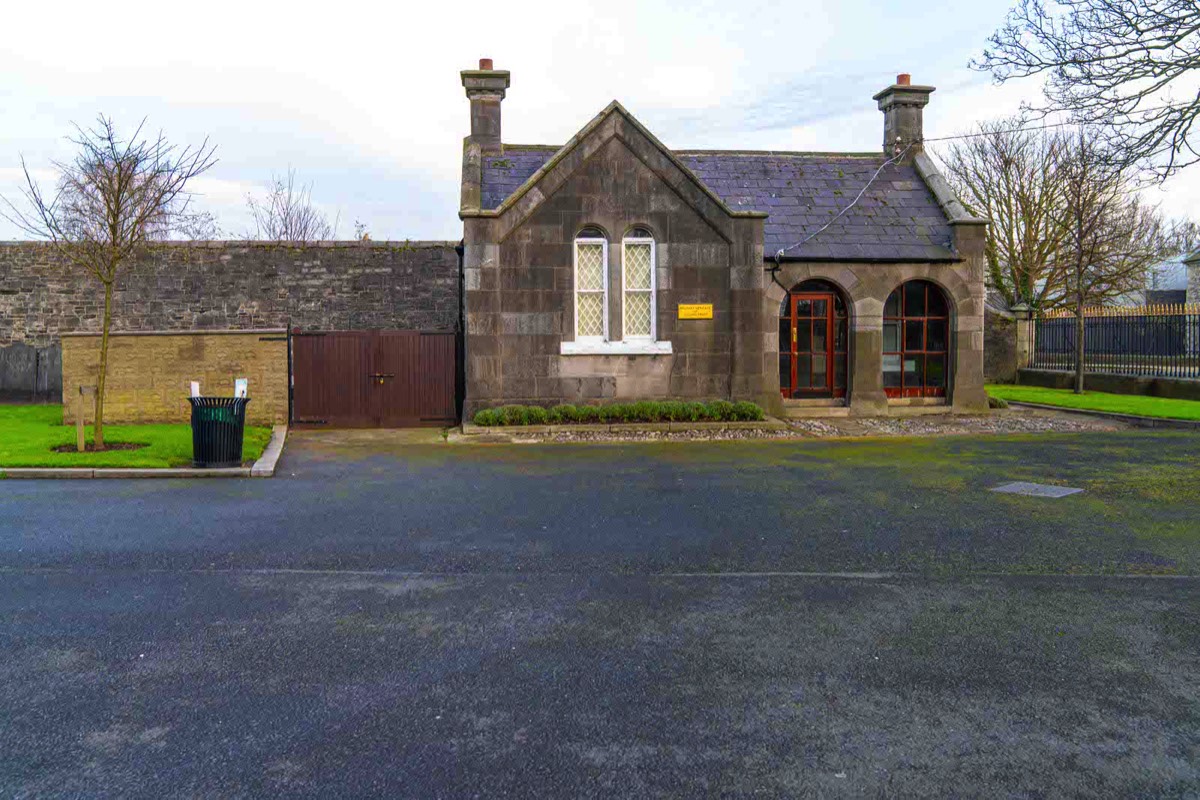
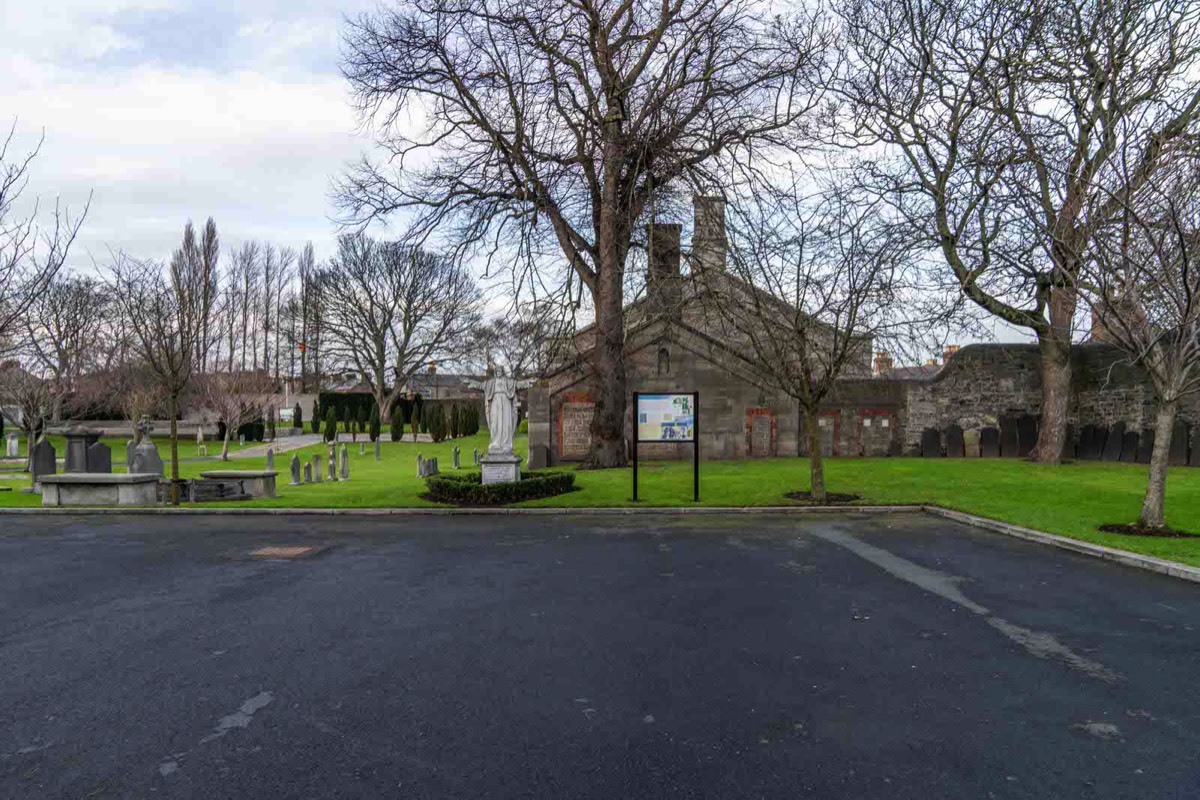
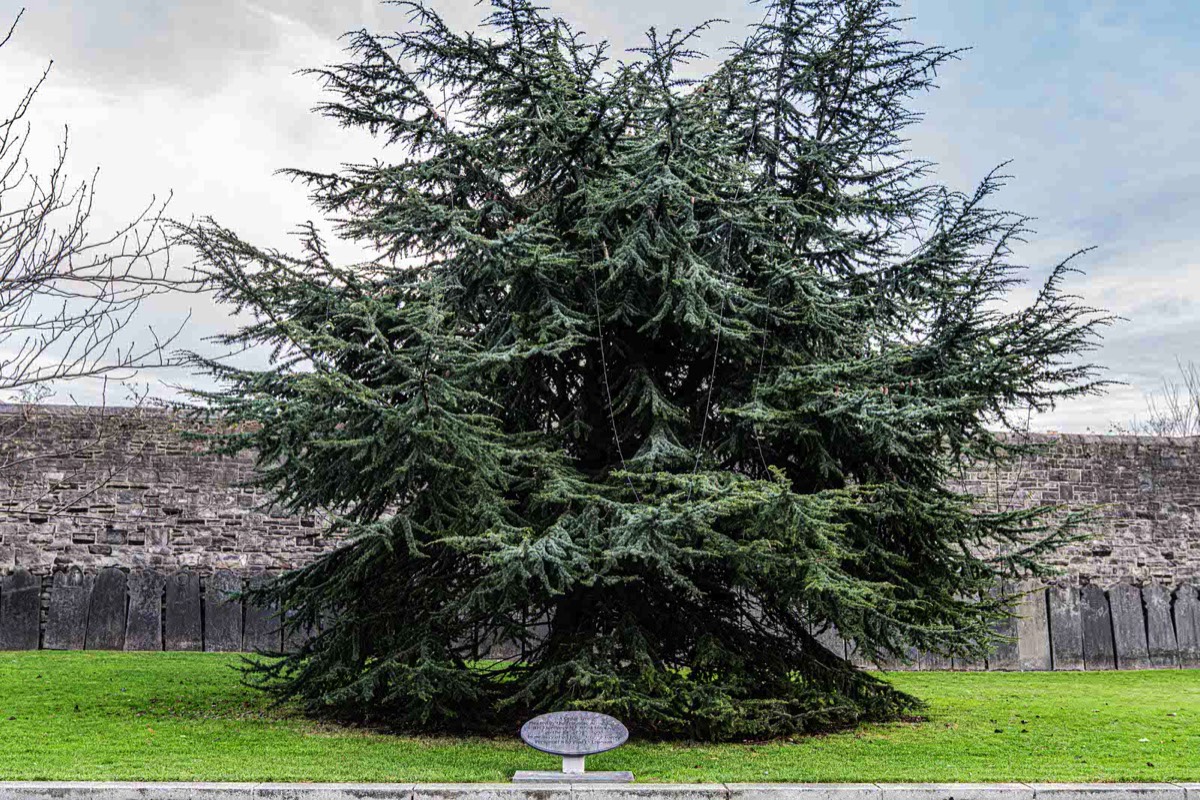
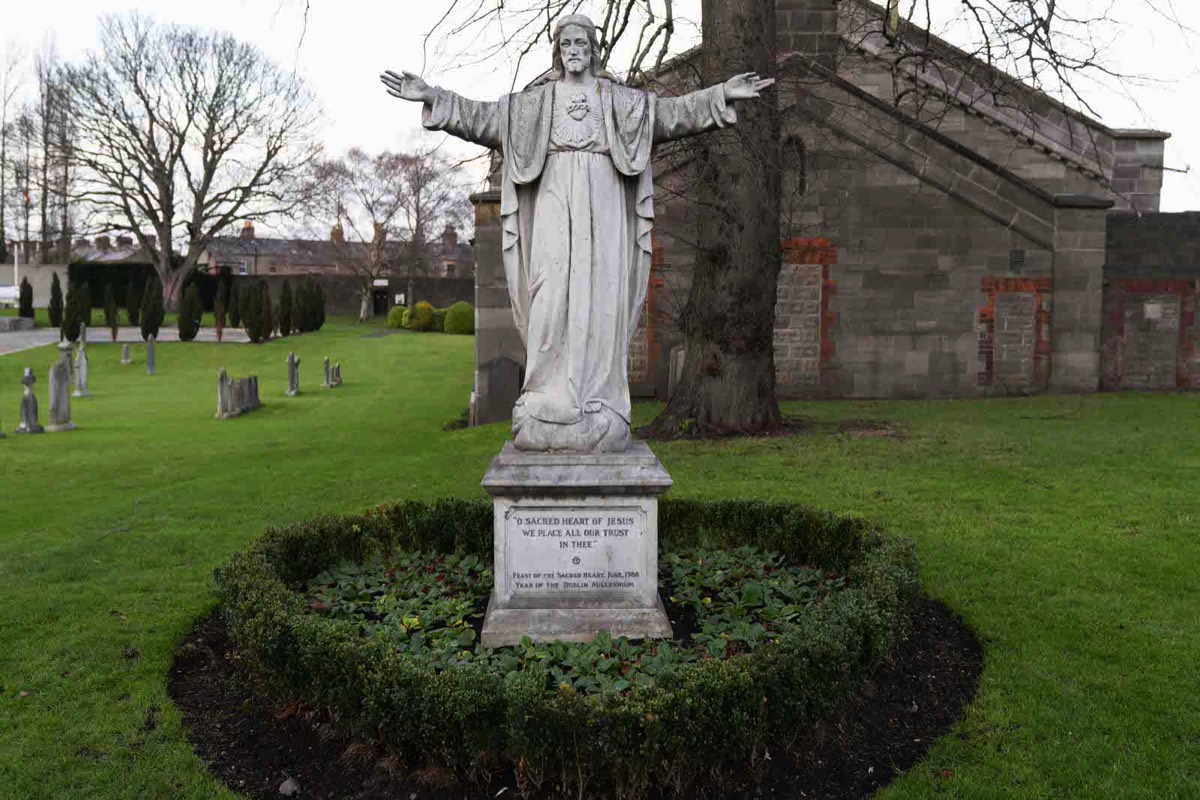
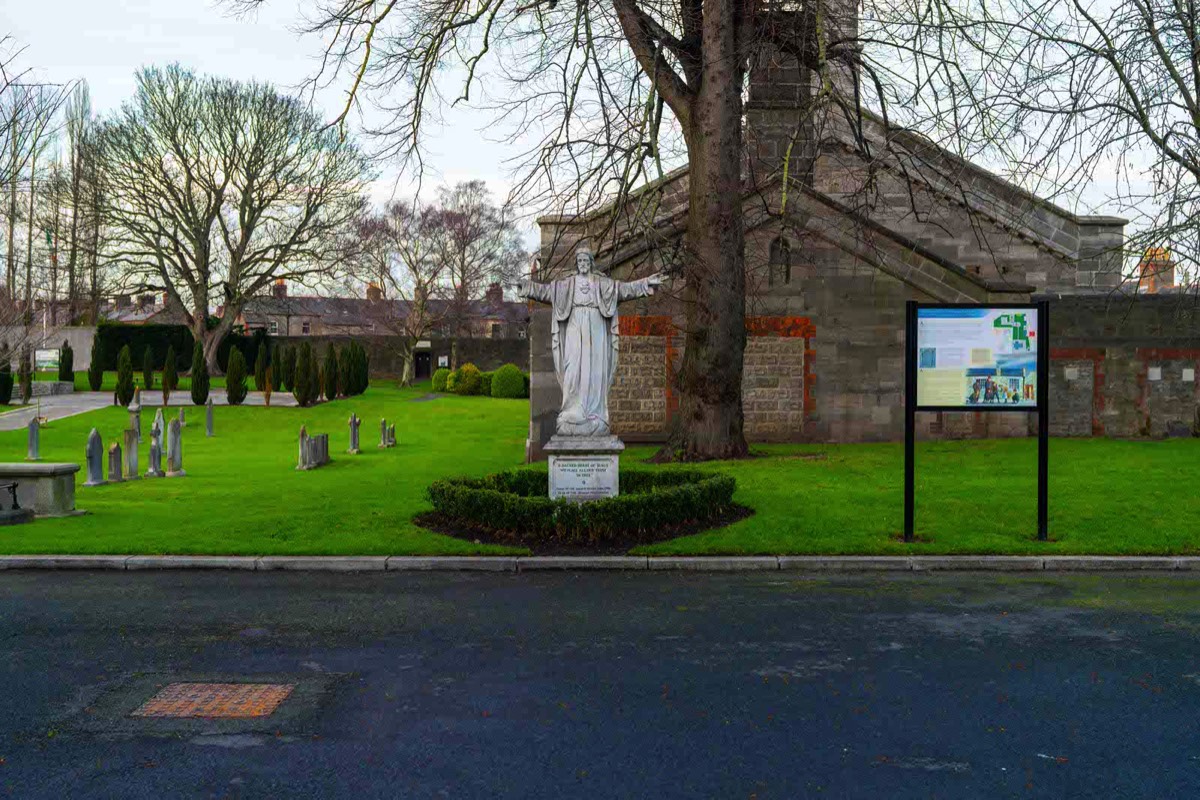
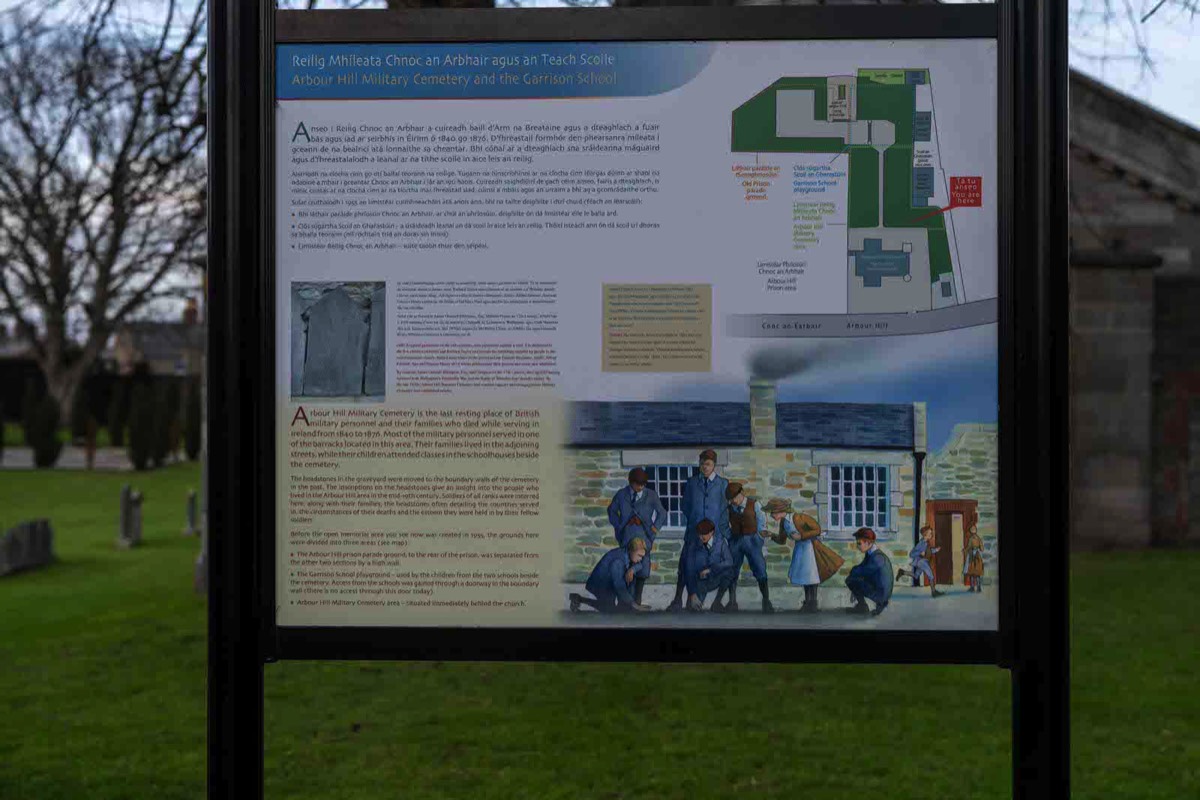
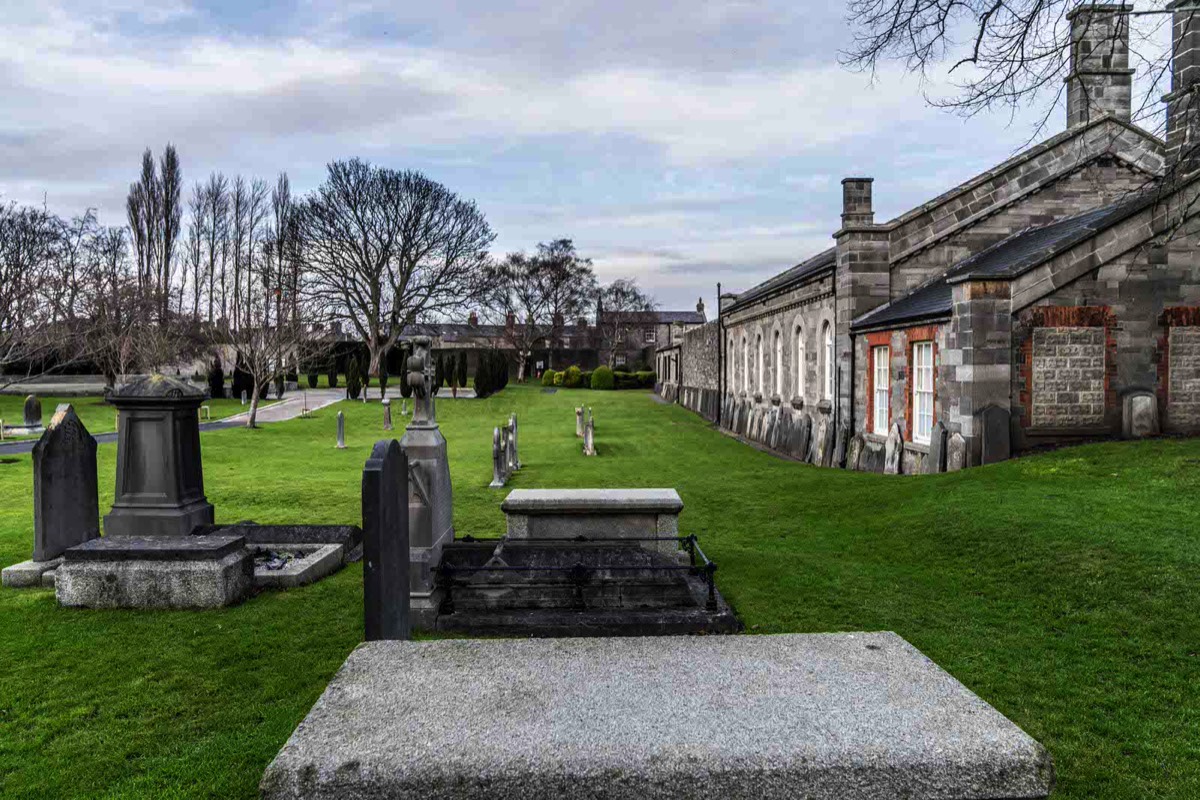
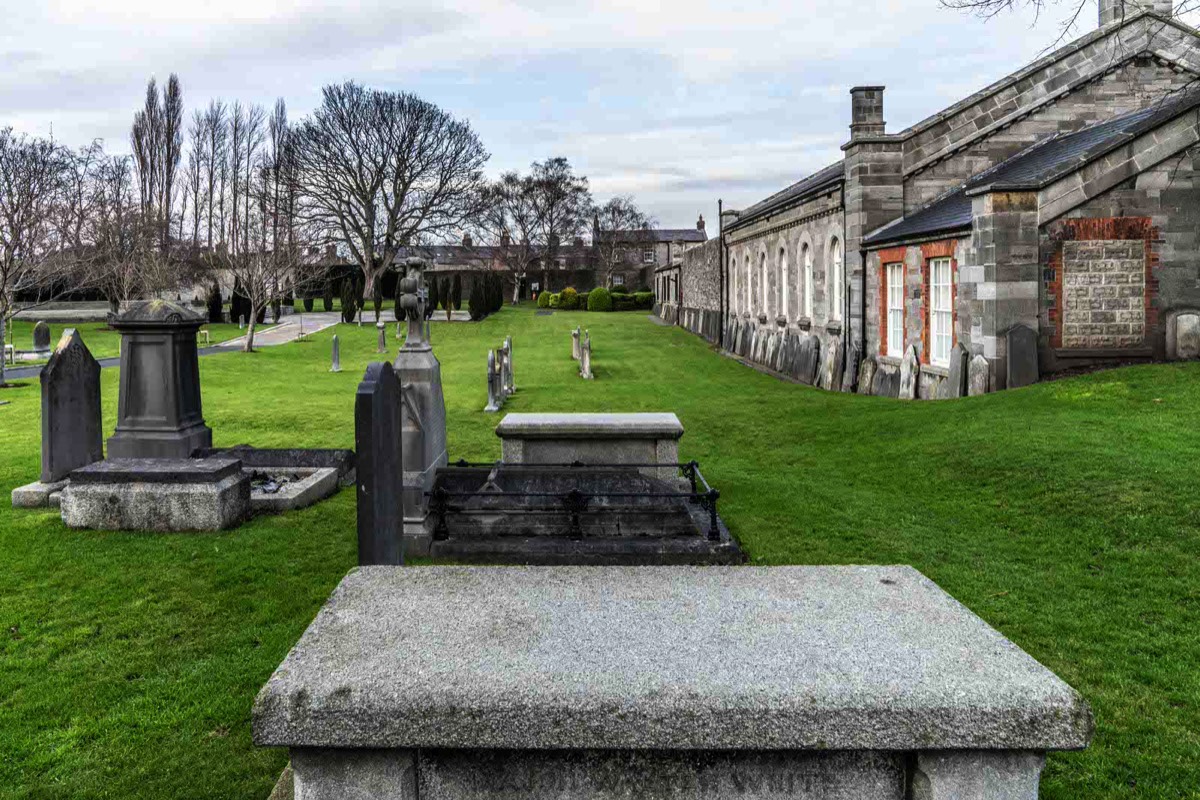
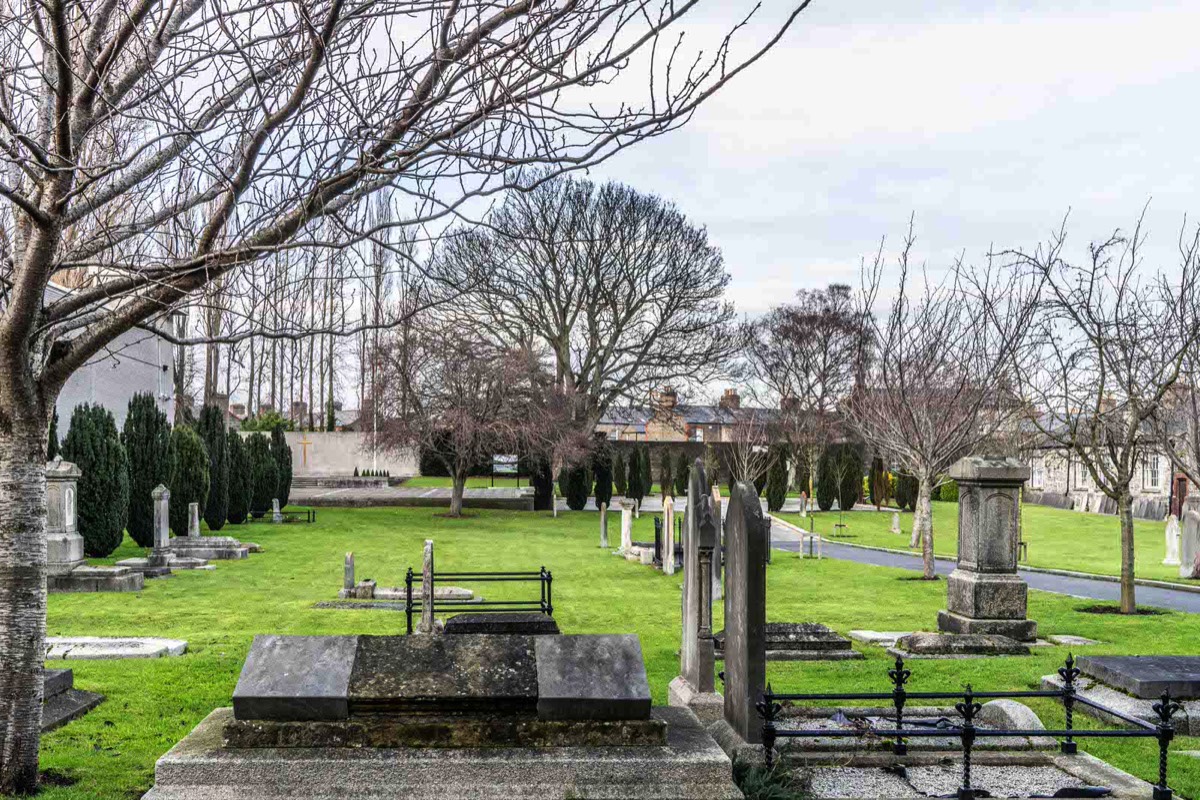
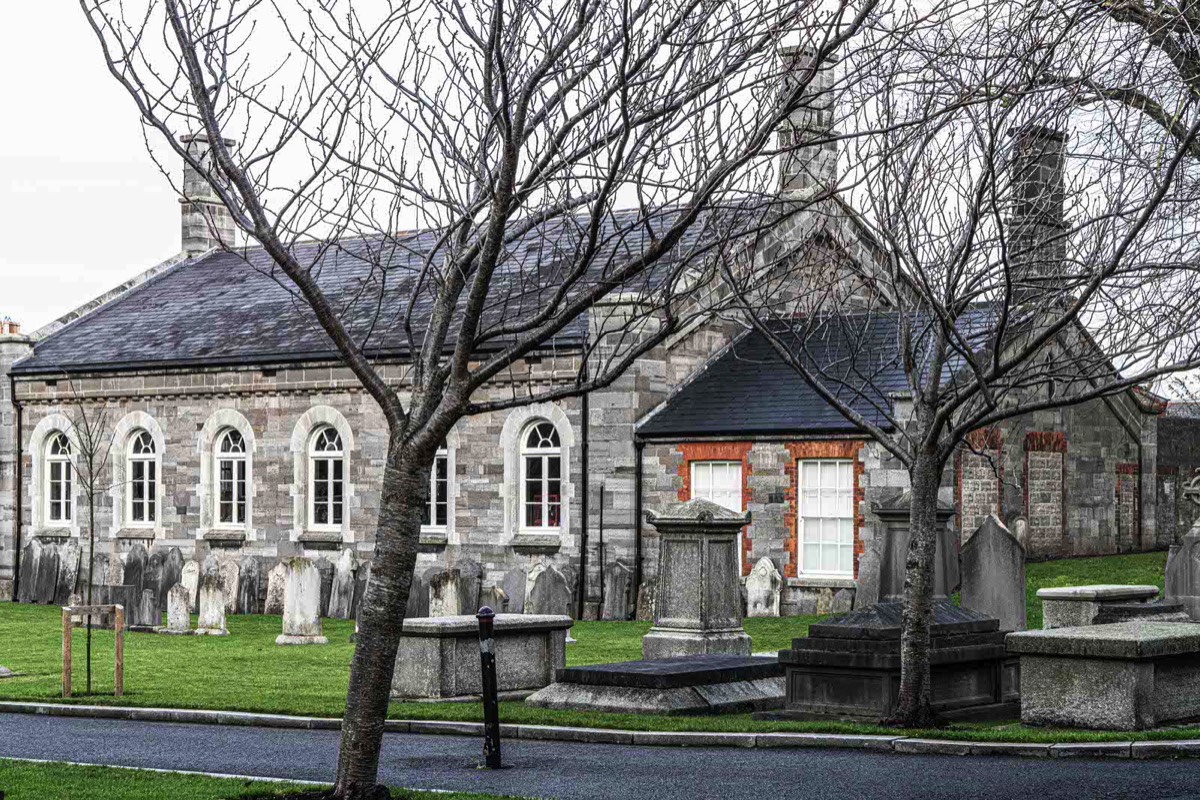
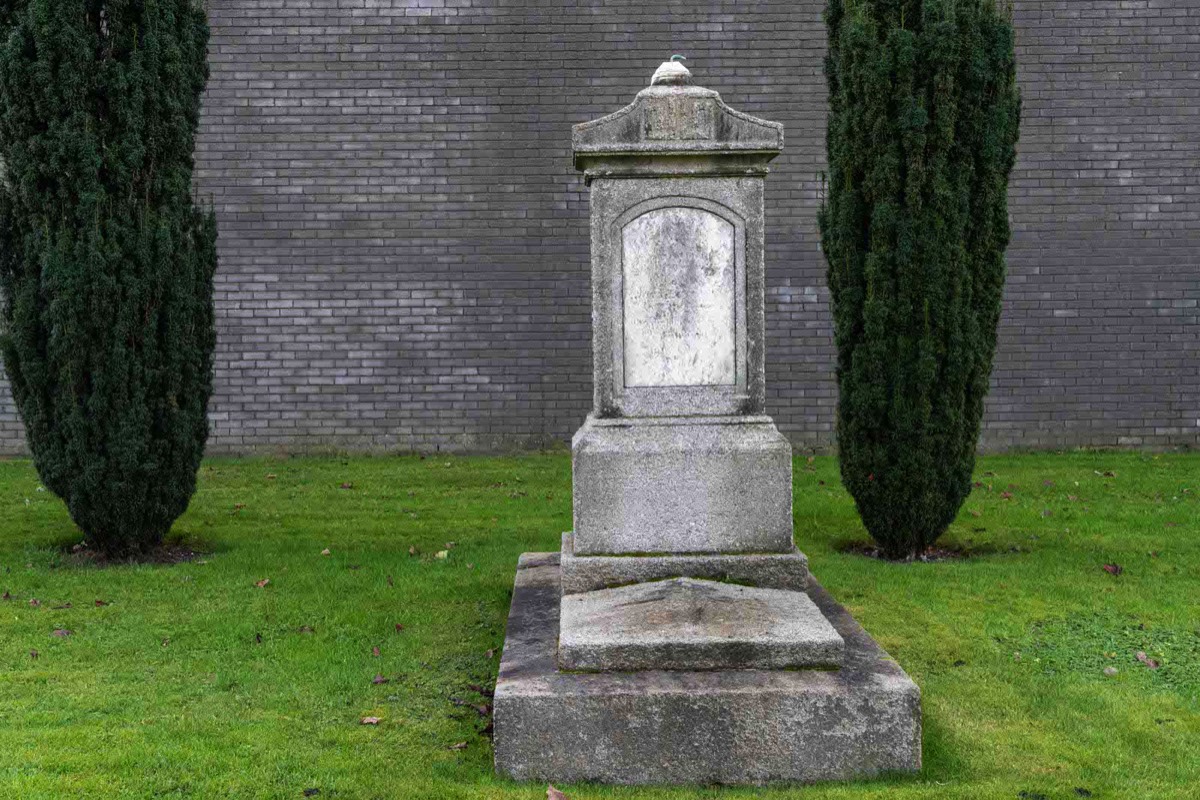
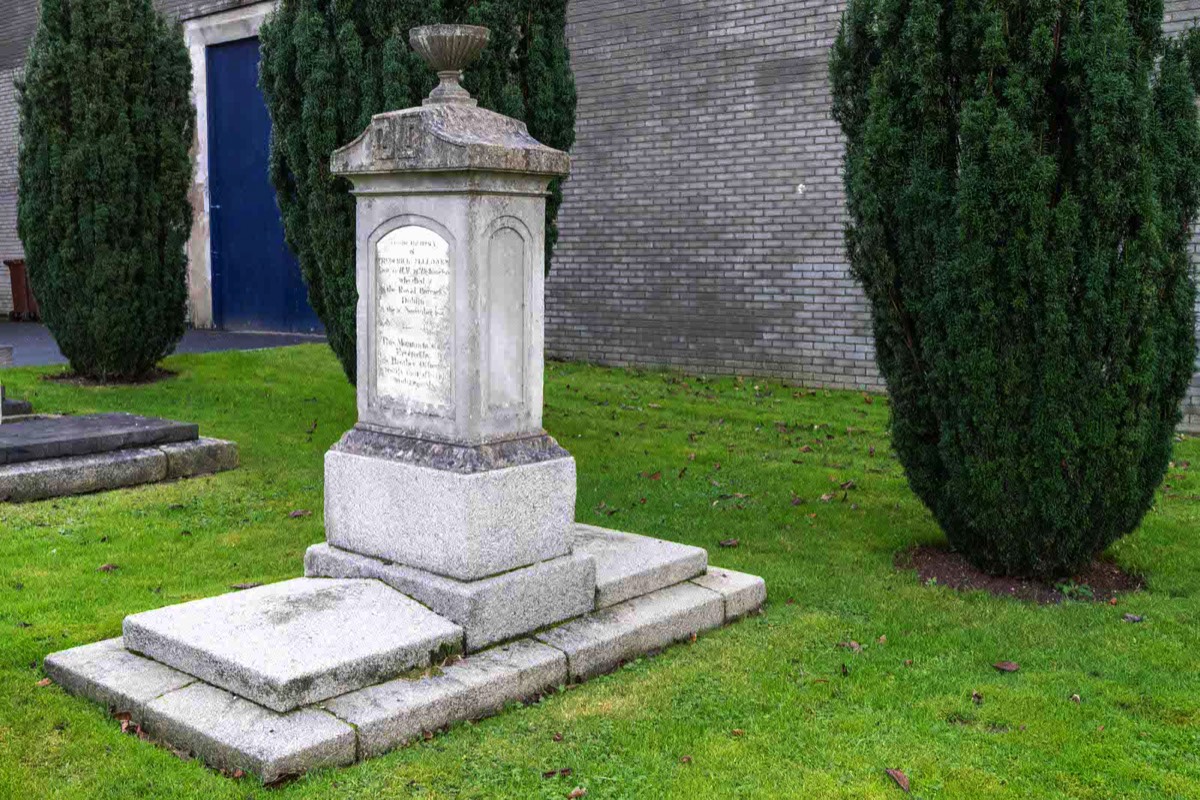
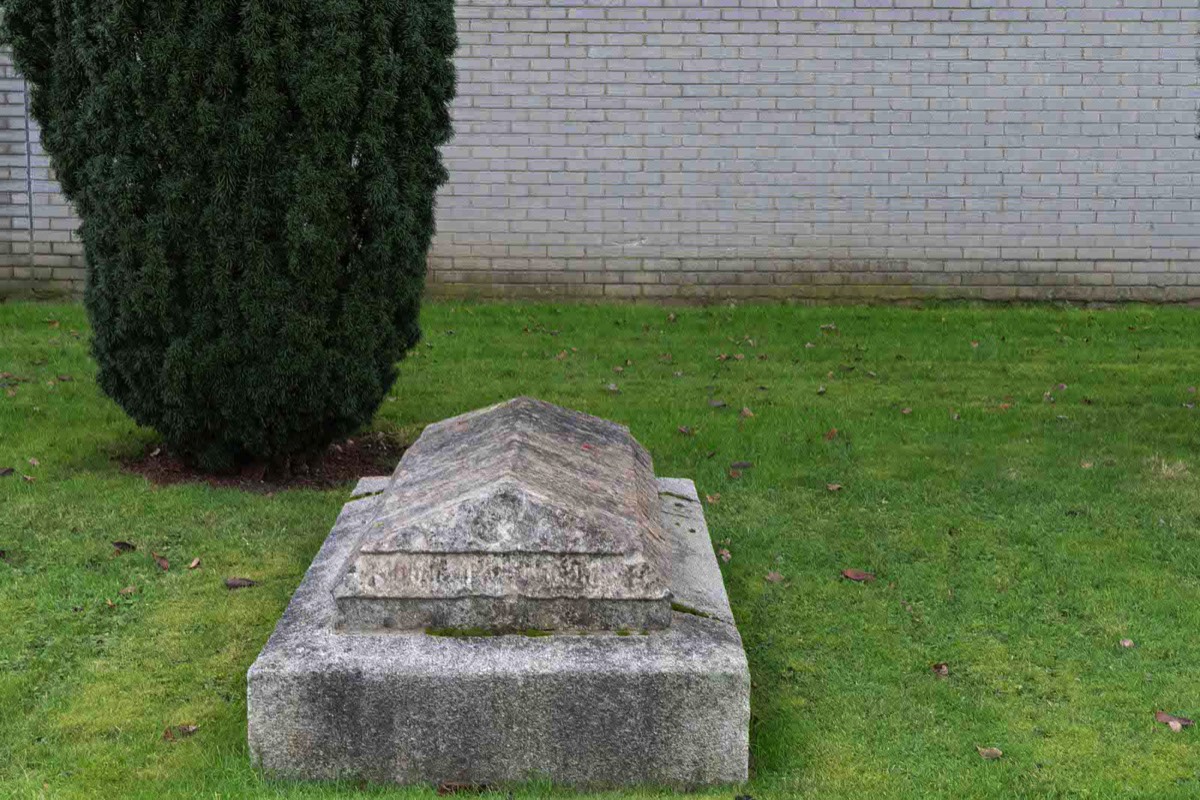
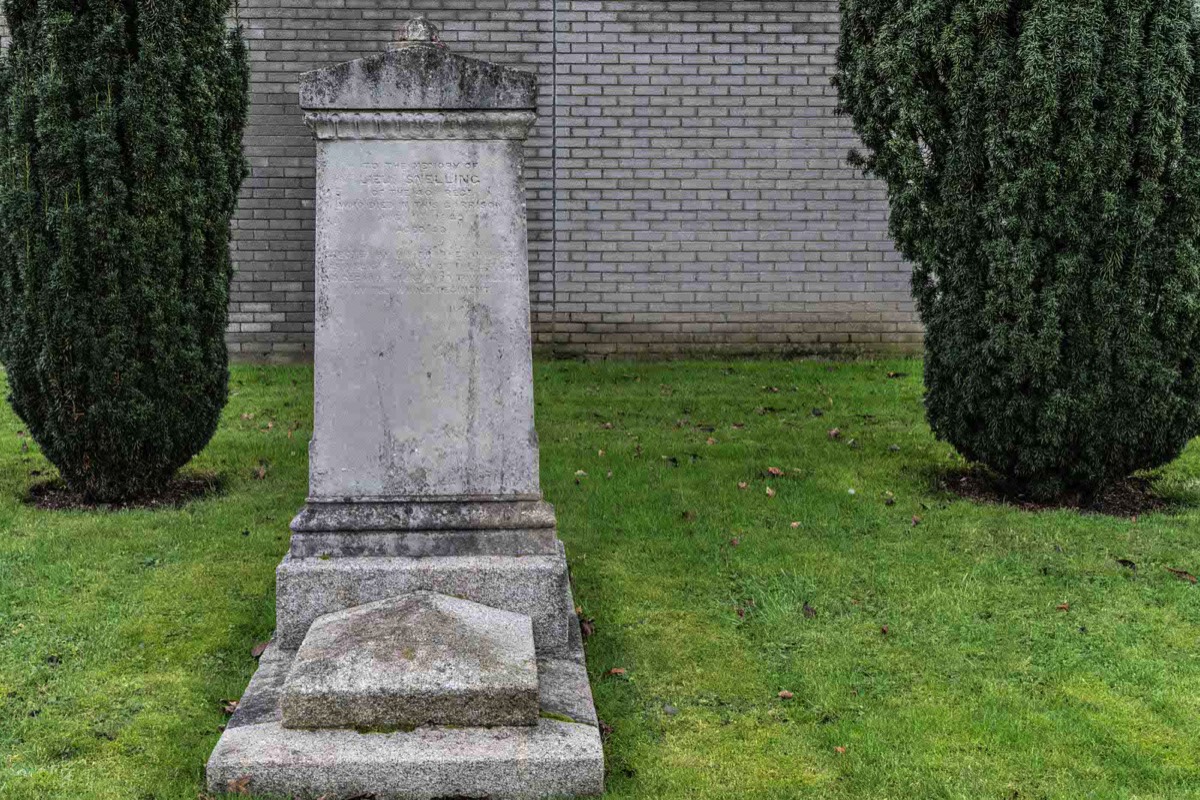
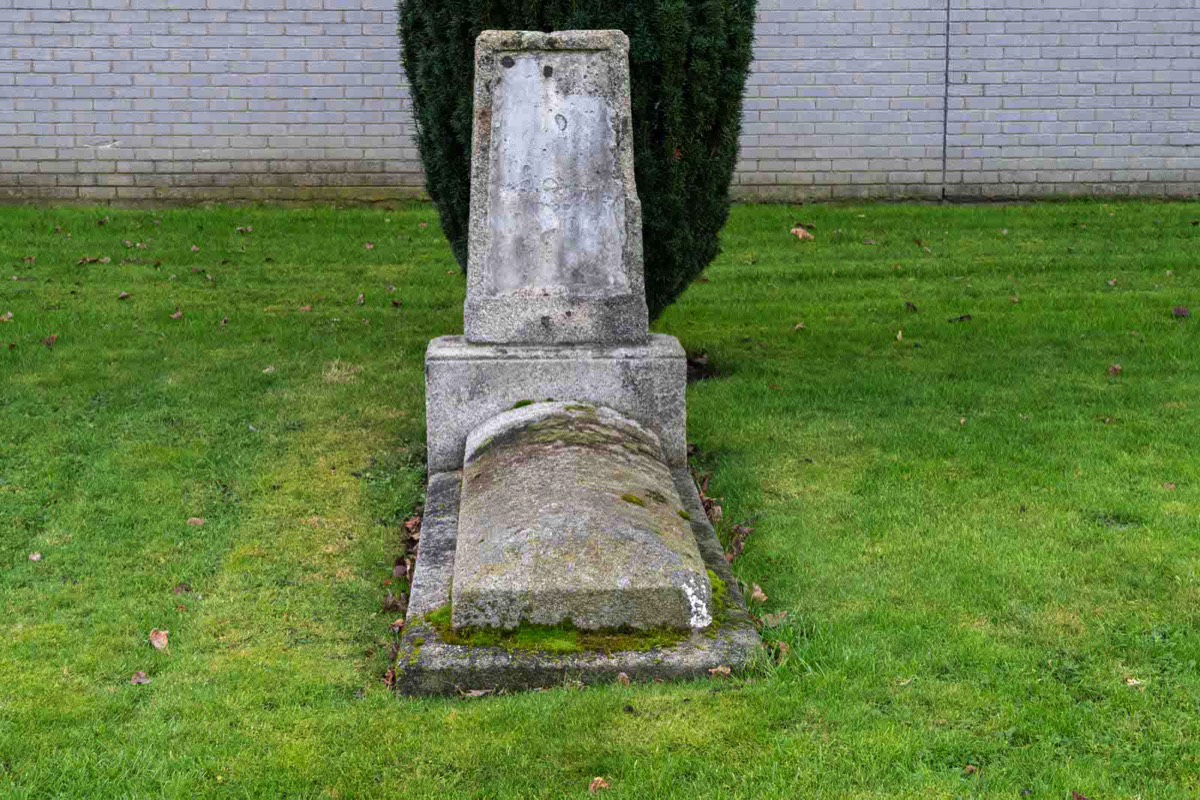
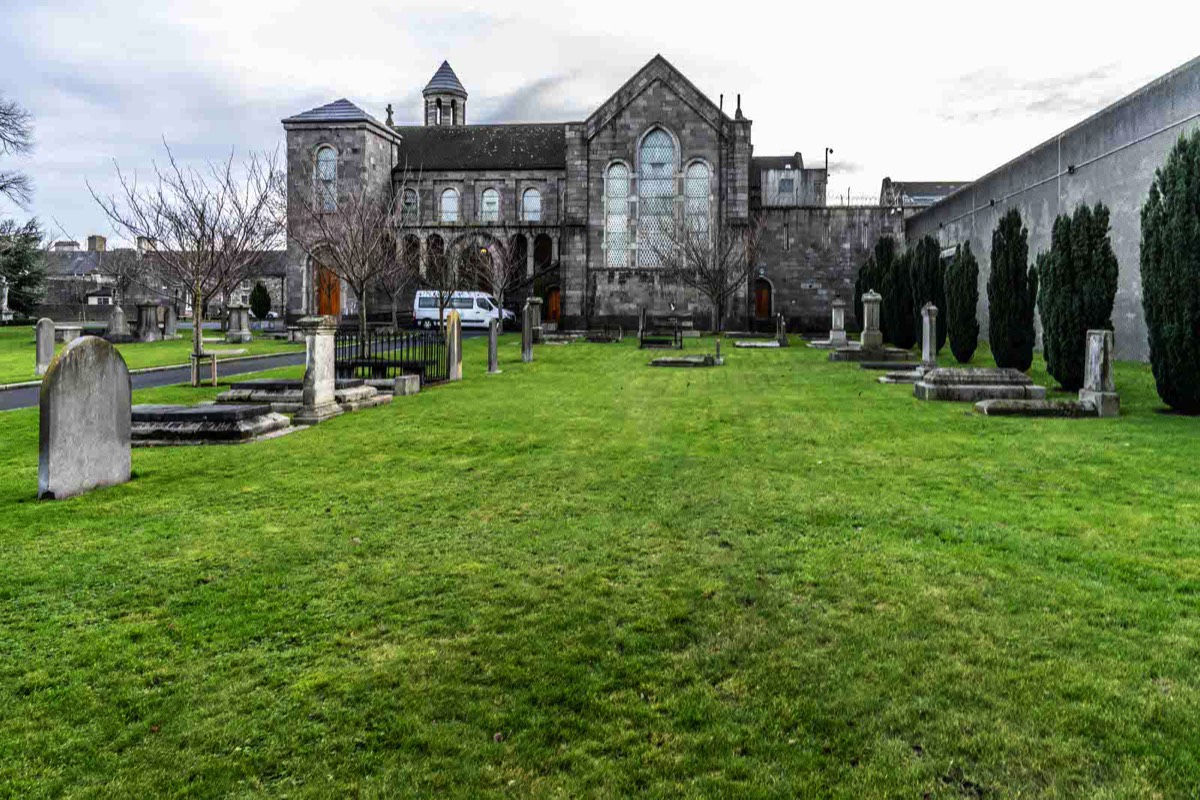
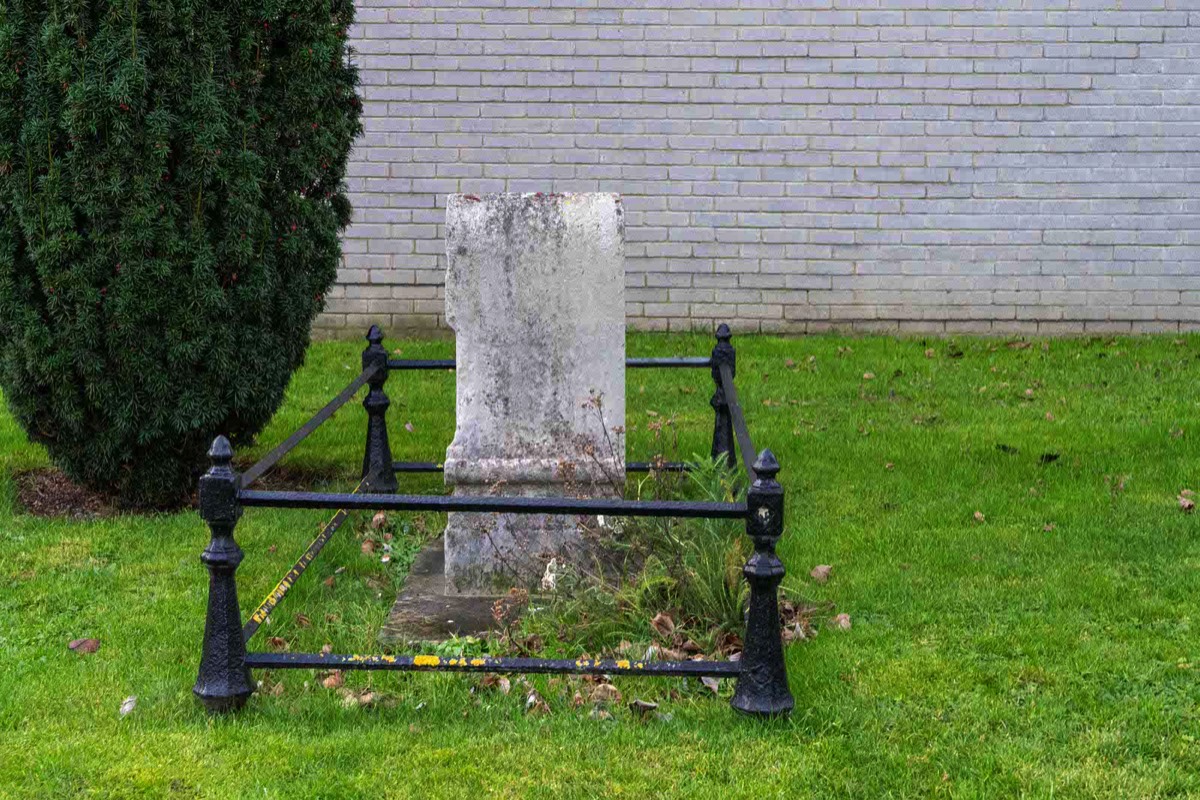
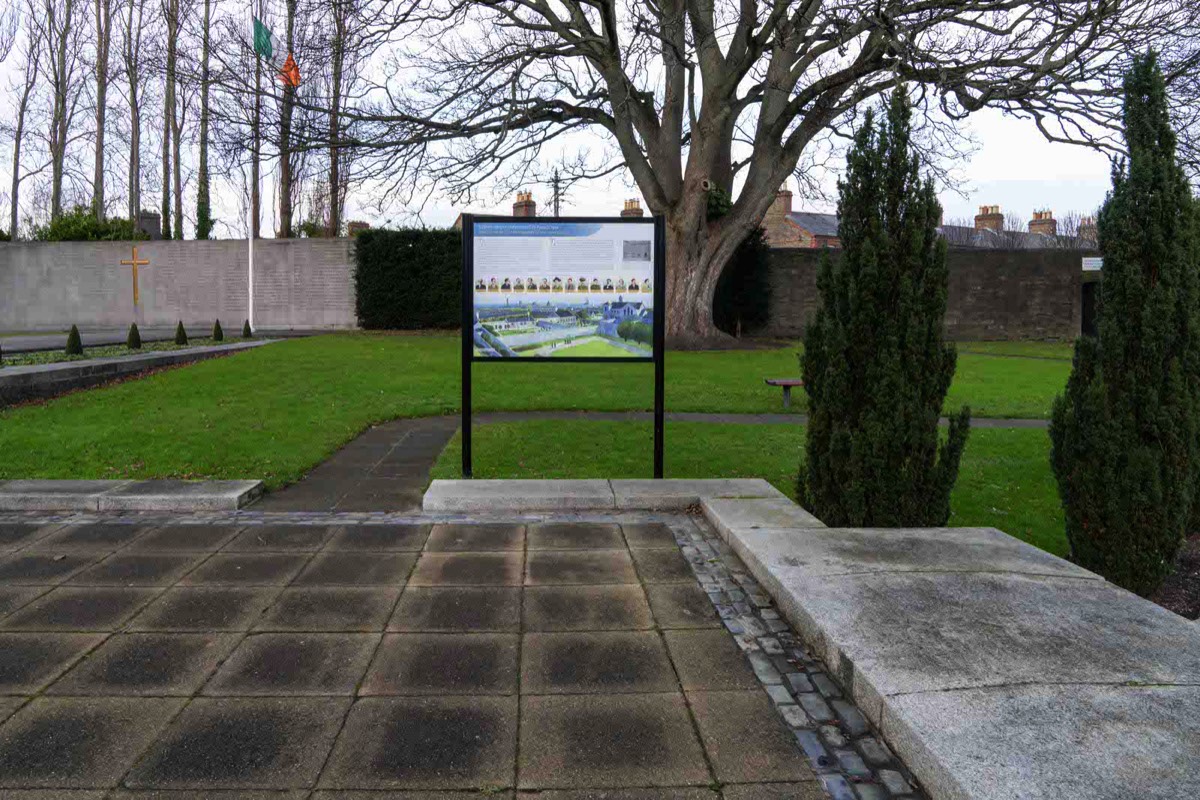
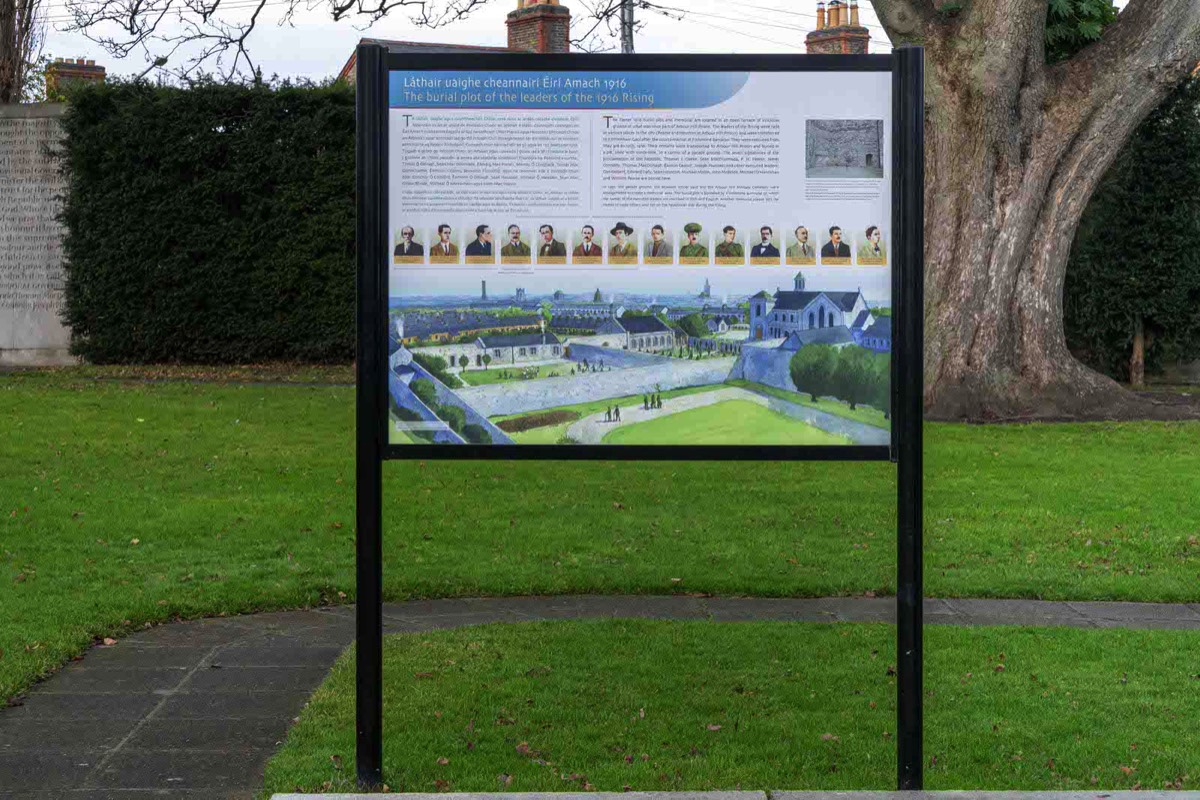
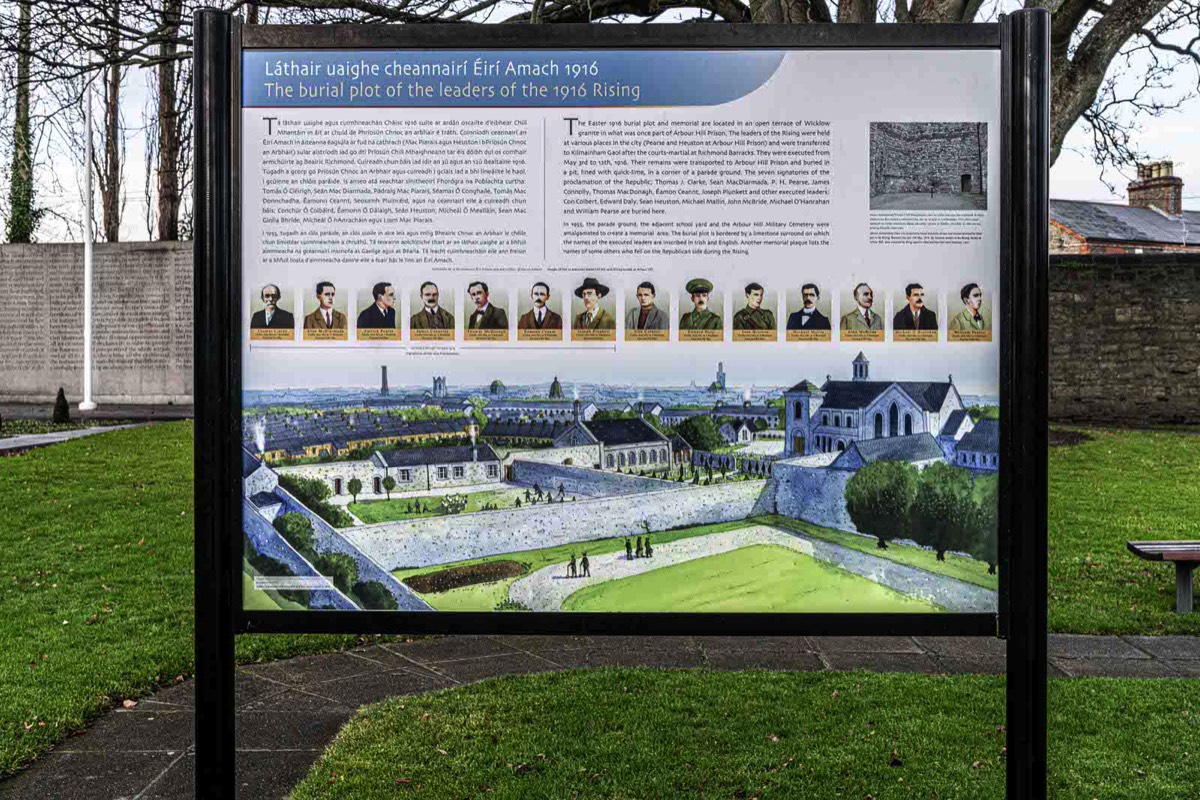
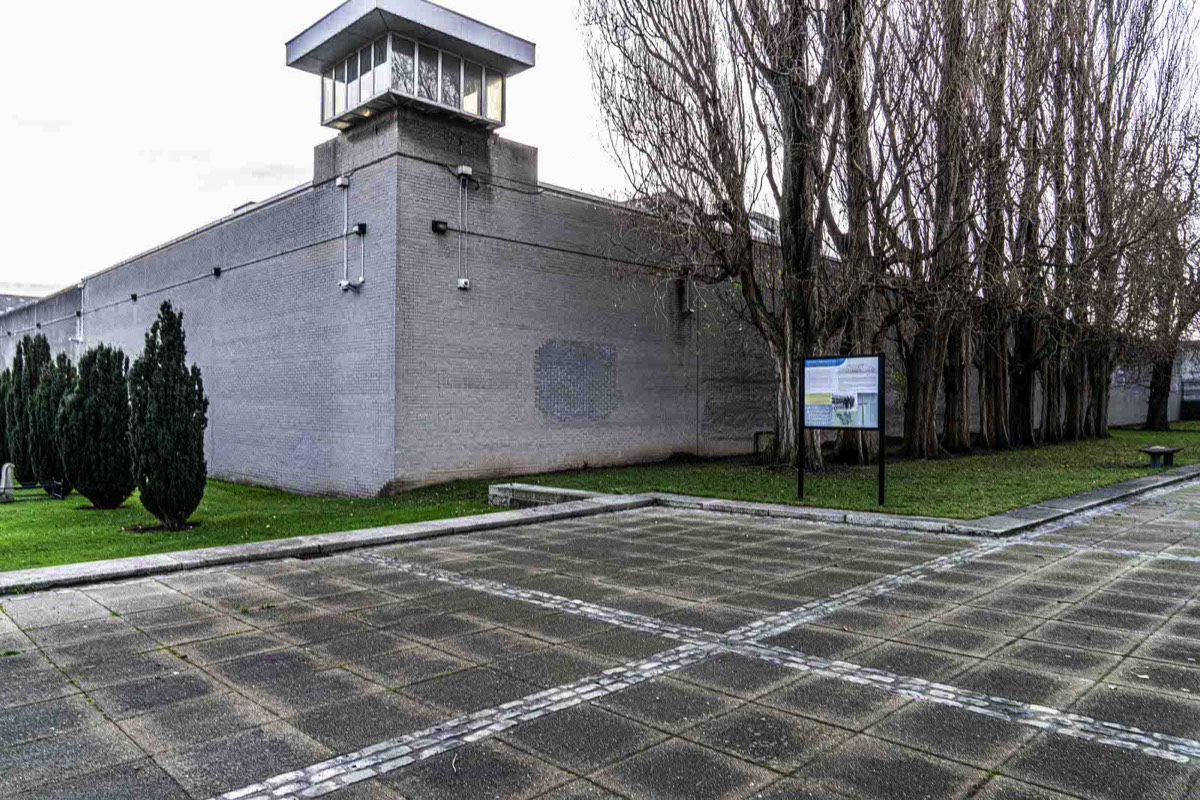
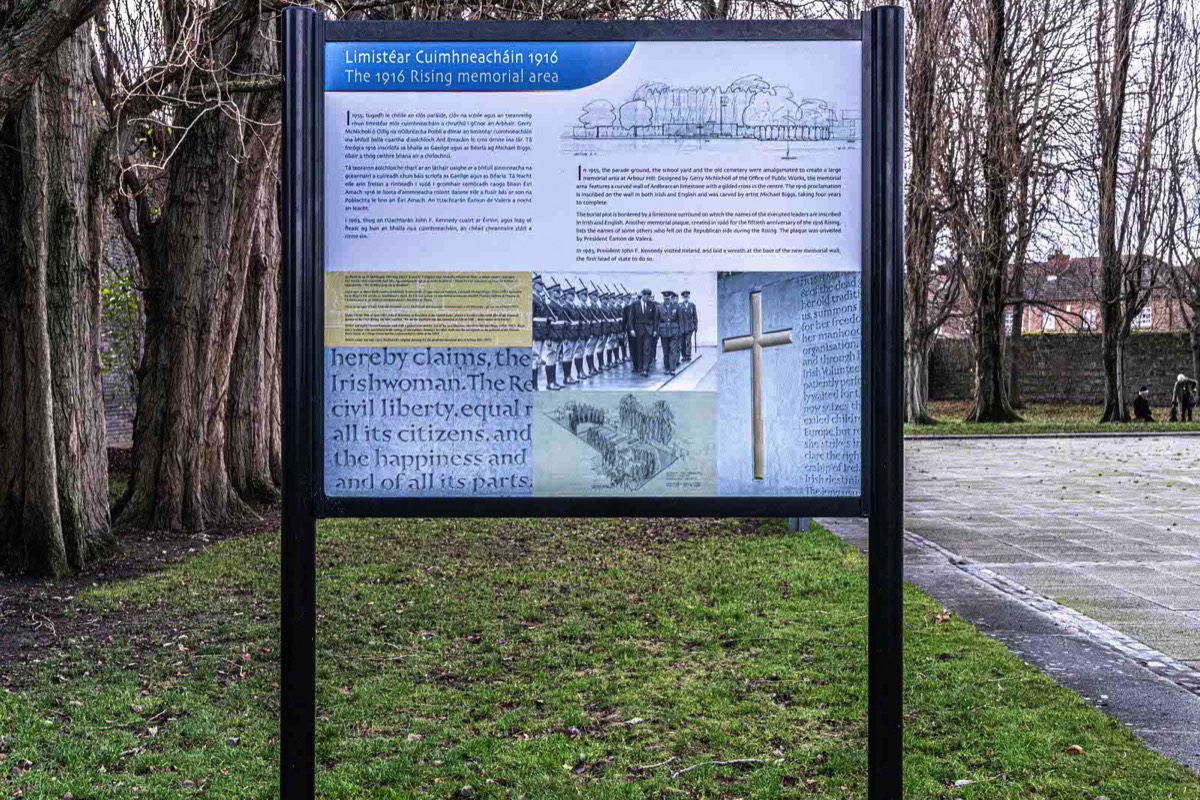
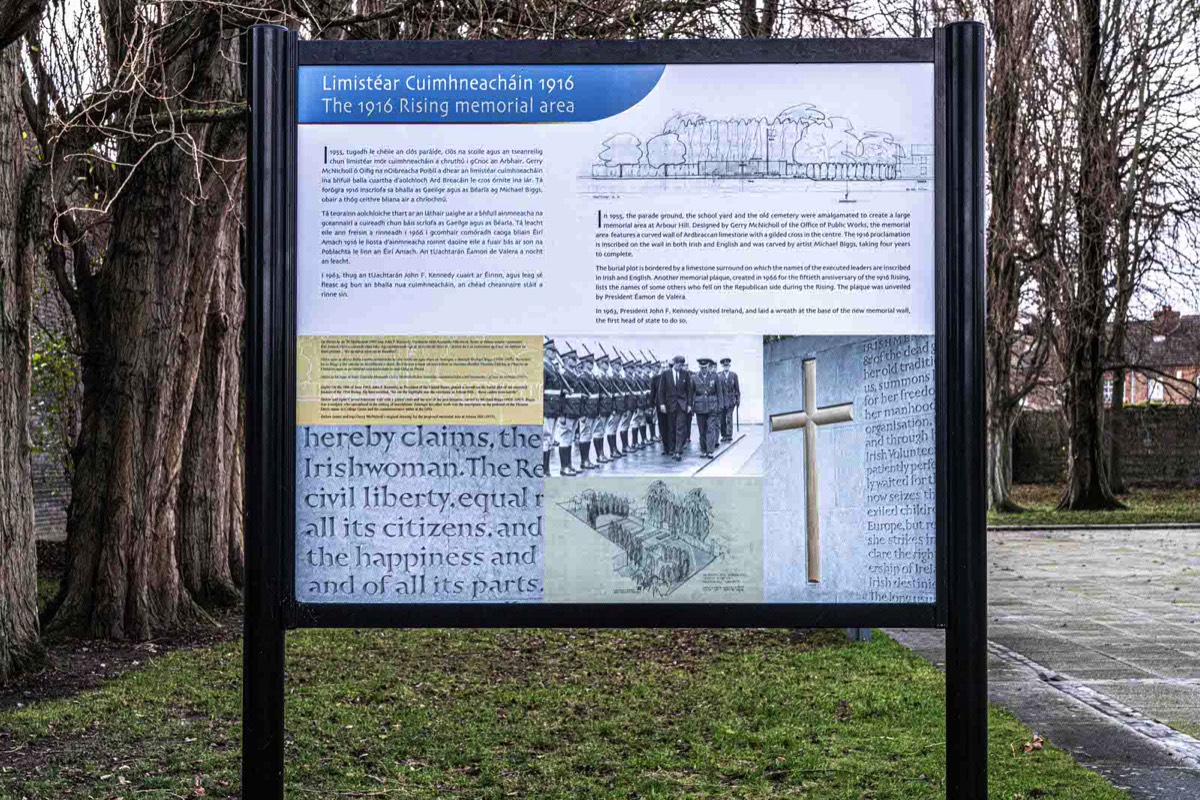
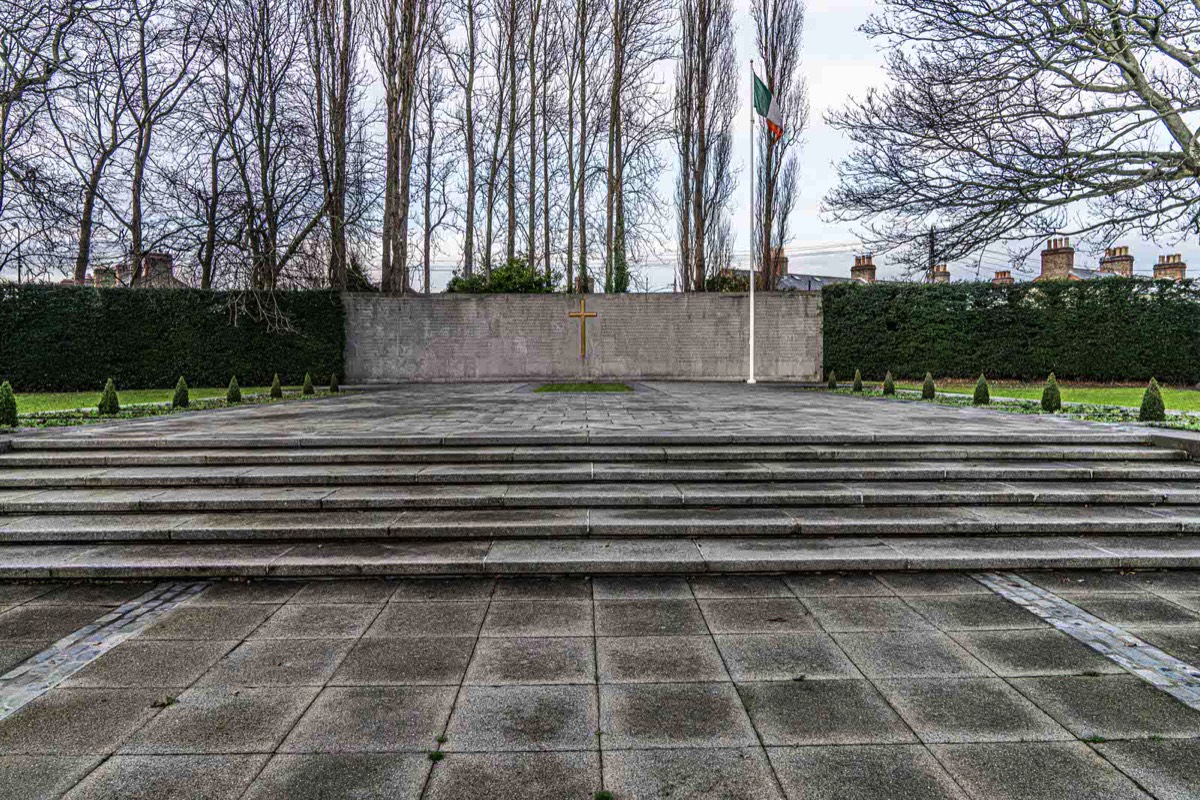
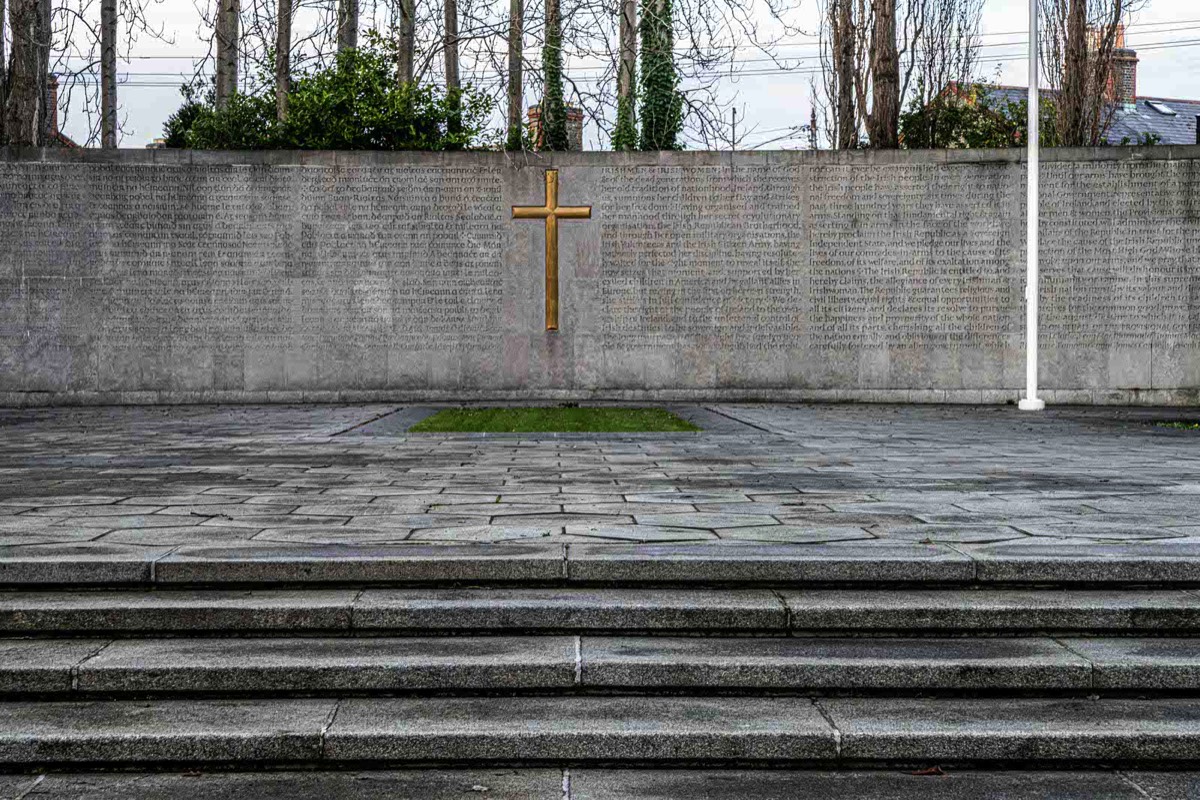
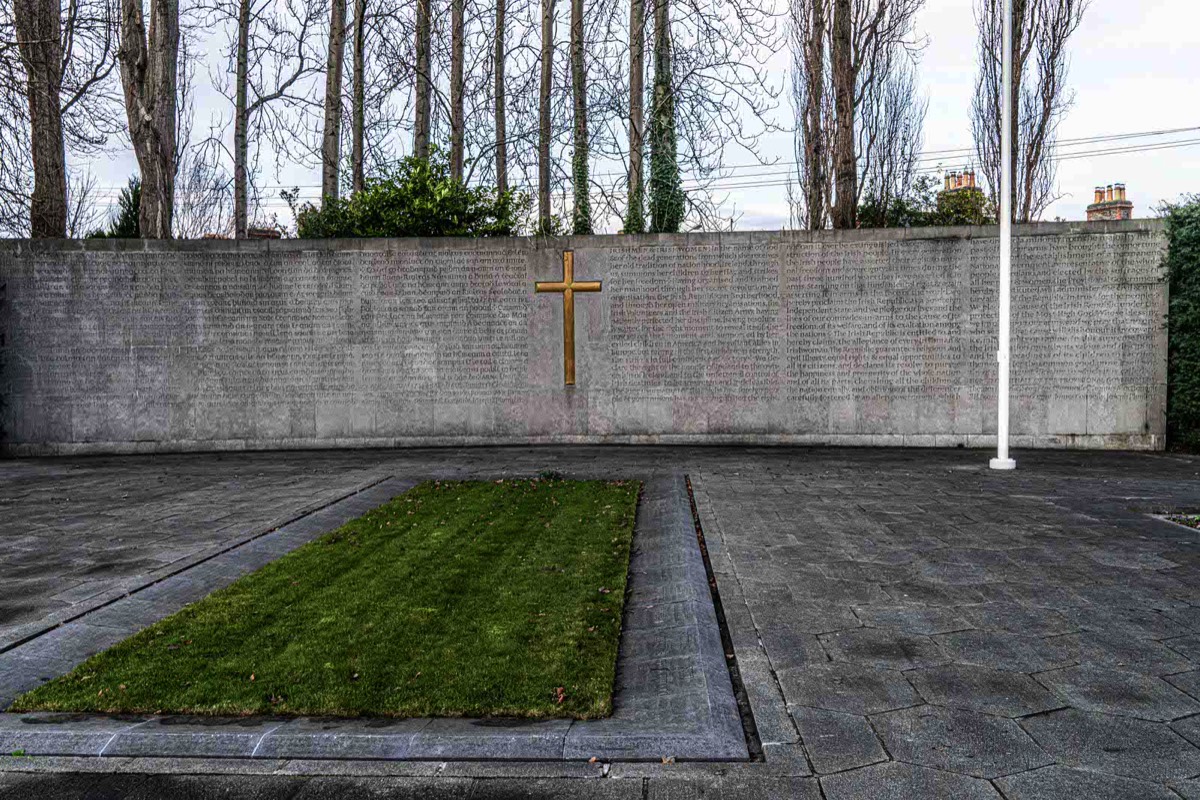
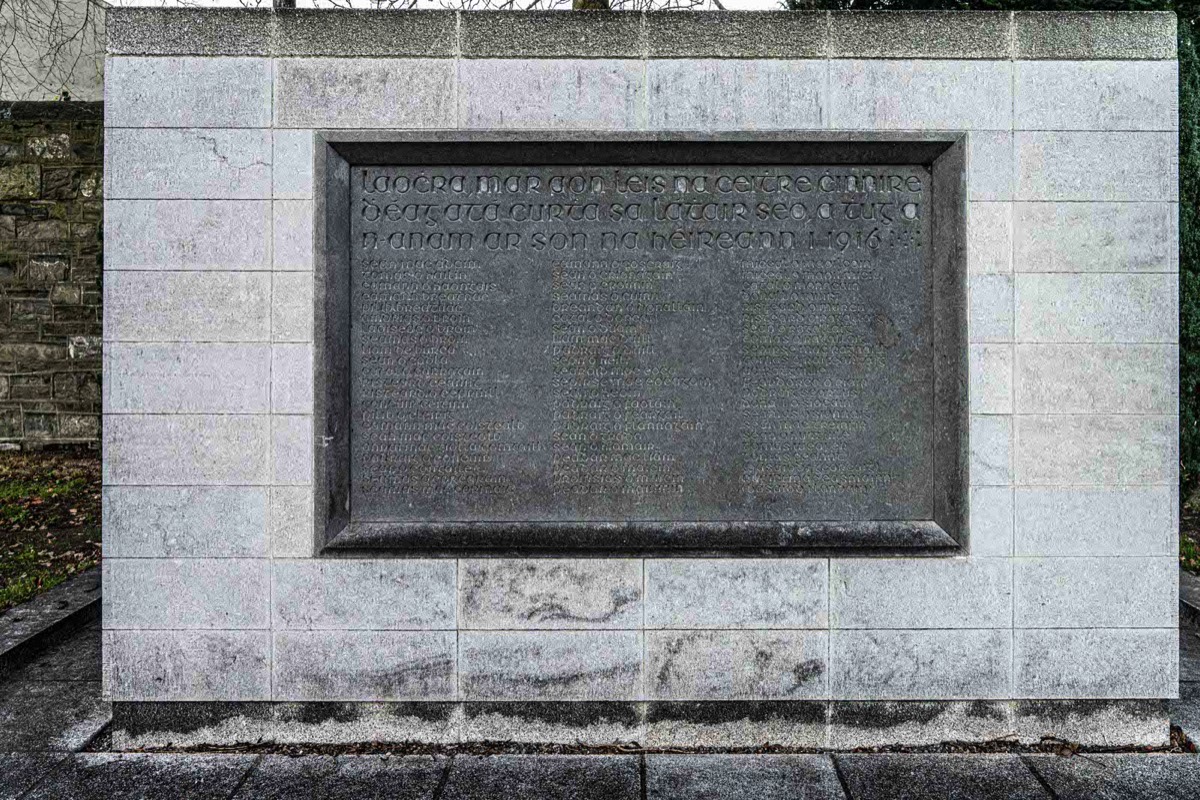
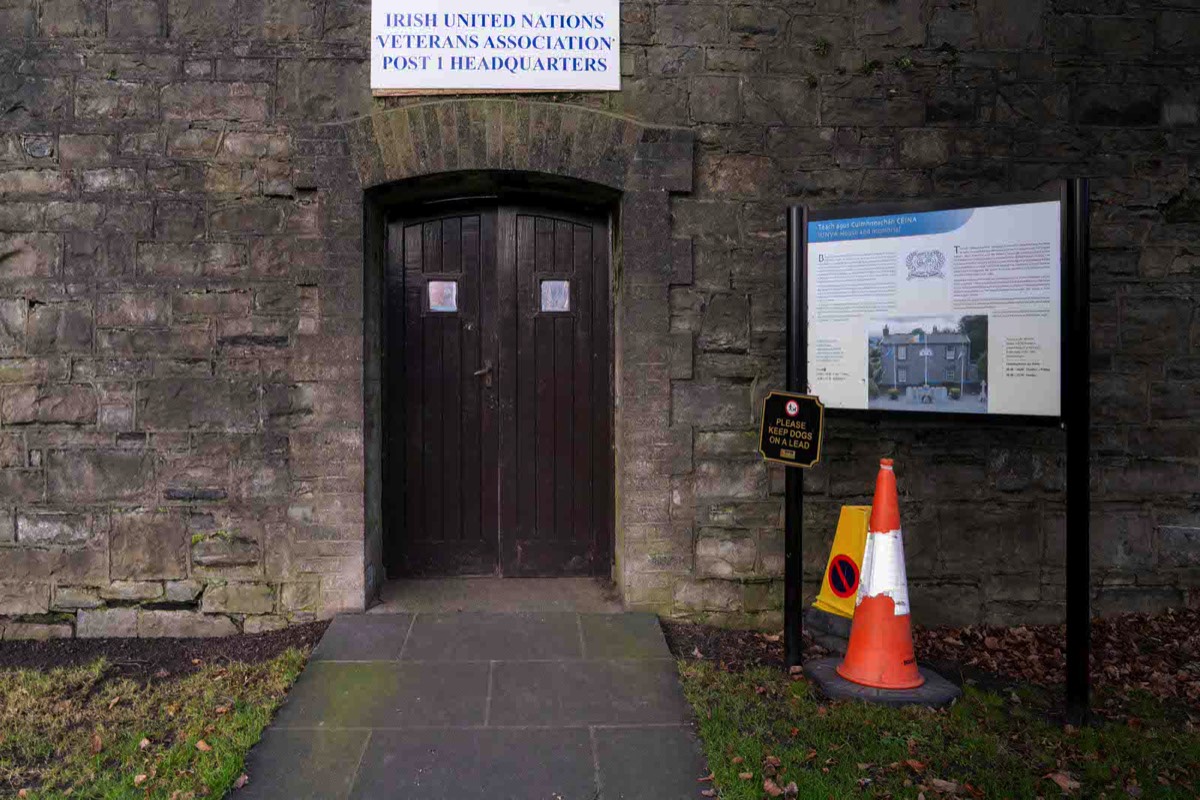
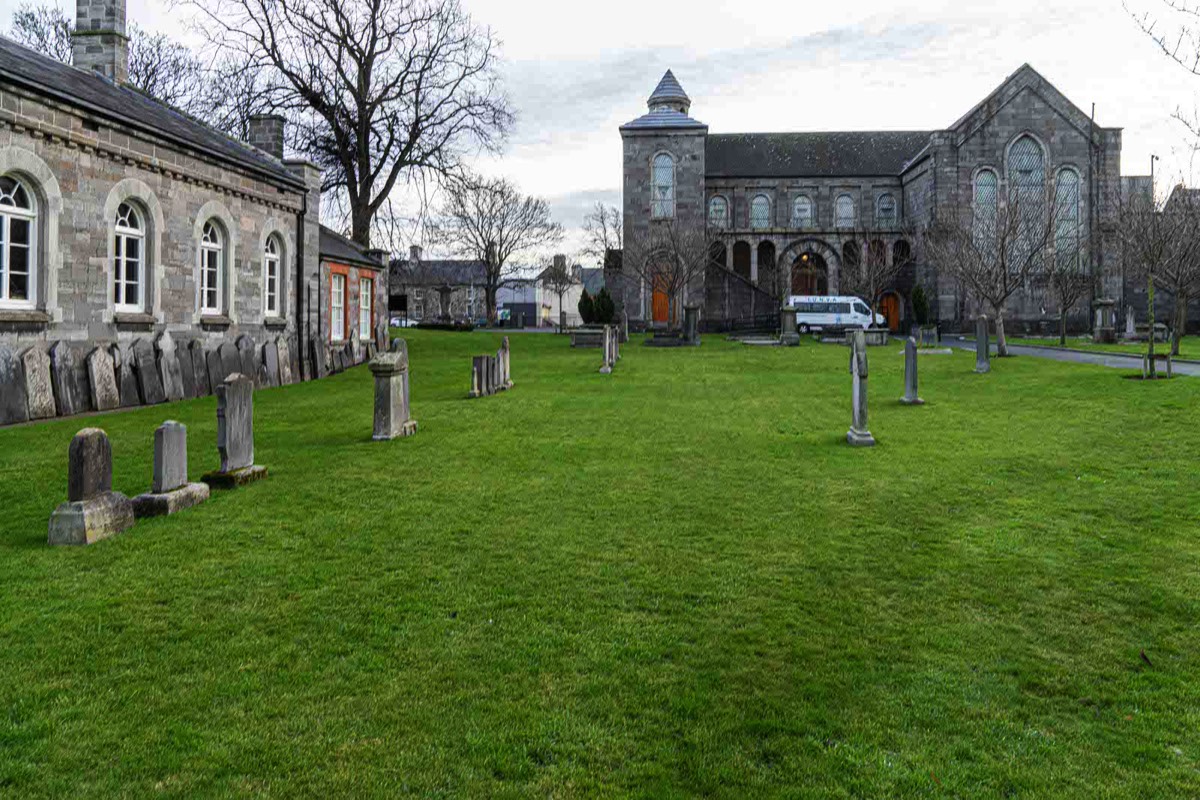
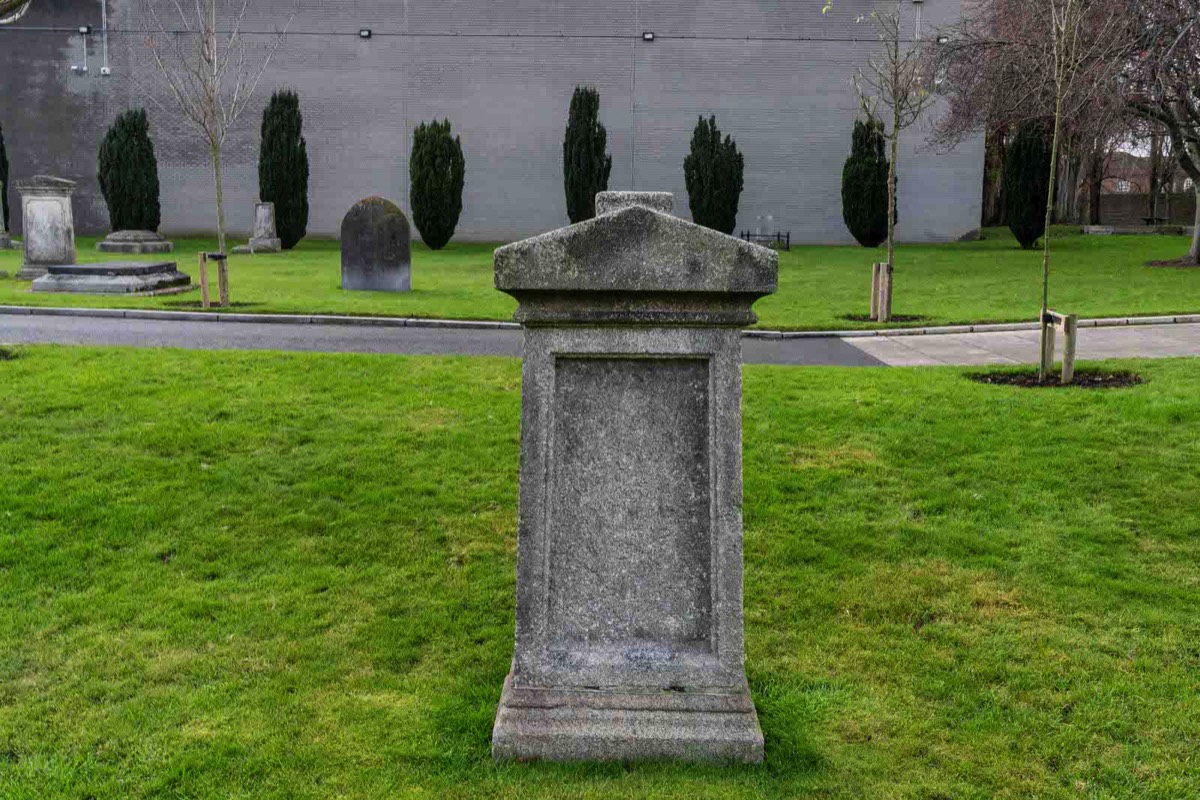
As an Amazon Associate I earn from qualifying purchases
You will find links to buy products from Amazon, Google and other partners. If you click on these links, you’ll find that the URL includes a small extra piece of text which identifies that the click came from my websites. This text is an affiliate code, and it means that I get a small percentage of the money you spend if you choose to buy that product, or, in some cases, other products from the site soon after. These affiliate links help pay the costs of producing my websites and ensure that the content is free to you.